A detailed overview of Class 12 English Family summary, complete with solutions, a summary, audio, and critical thinking answers for NEB English students.
Chapter 1: Family Exercise
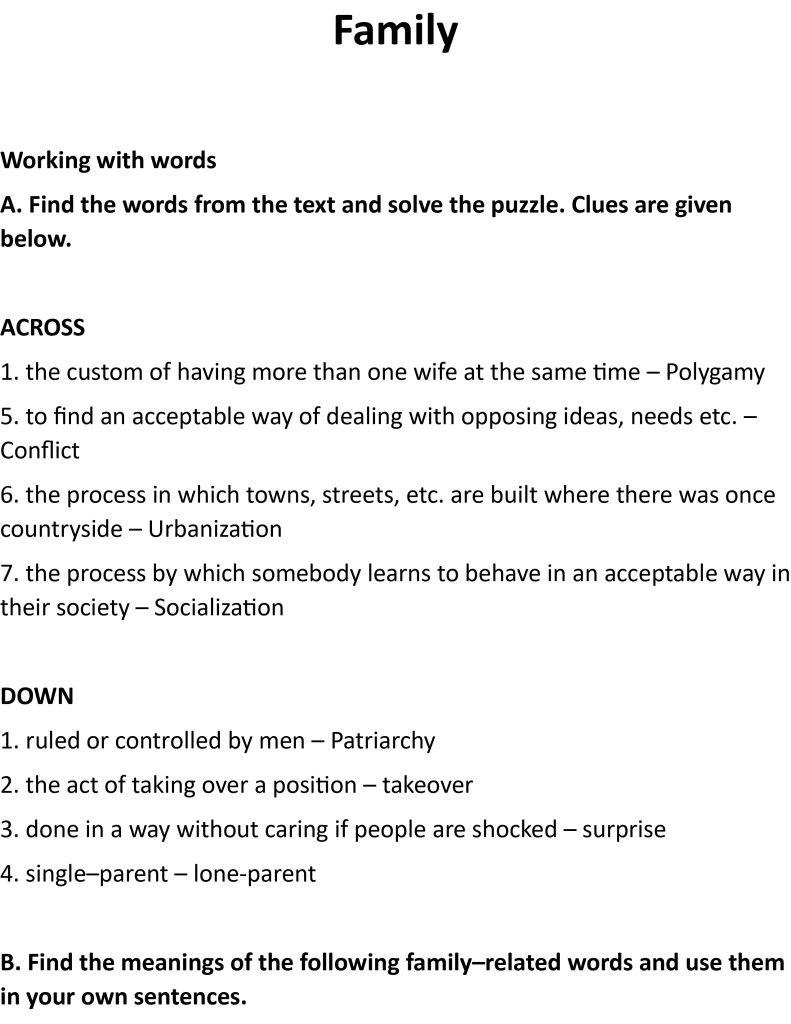

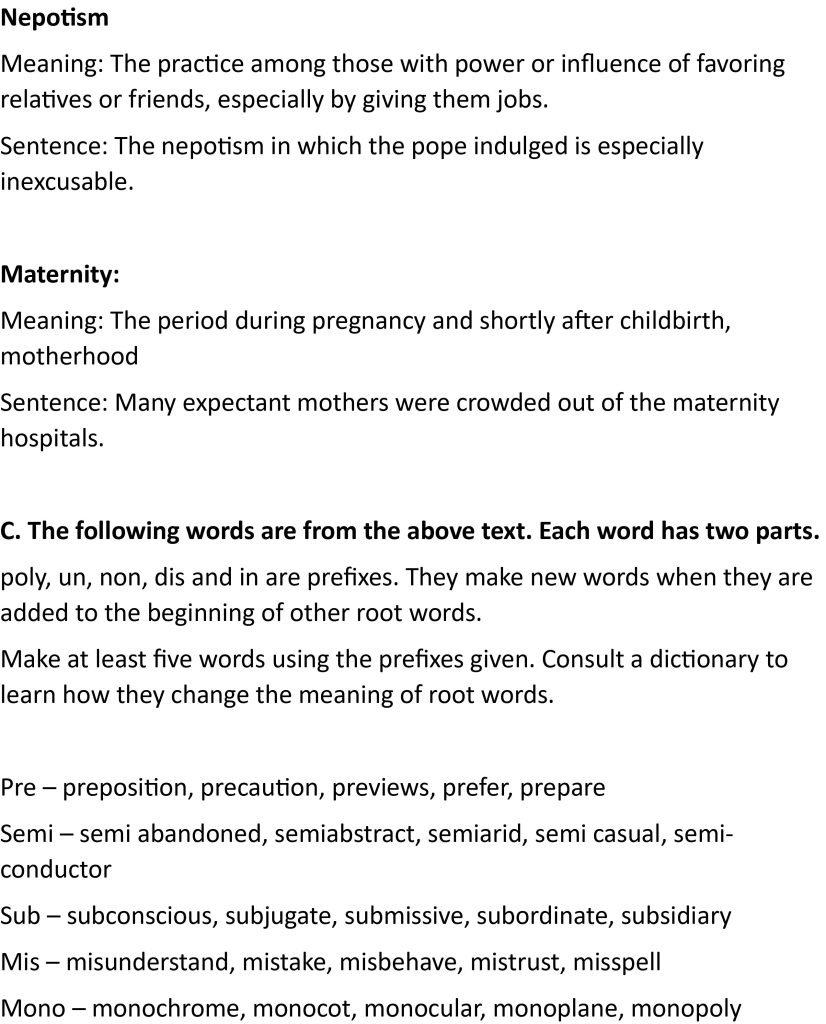
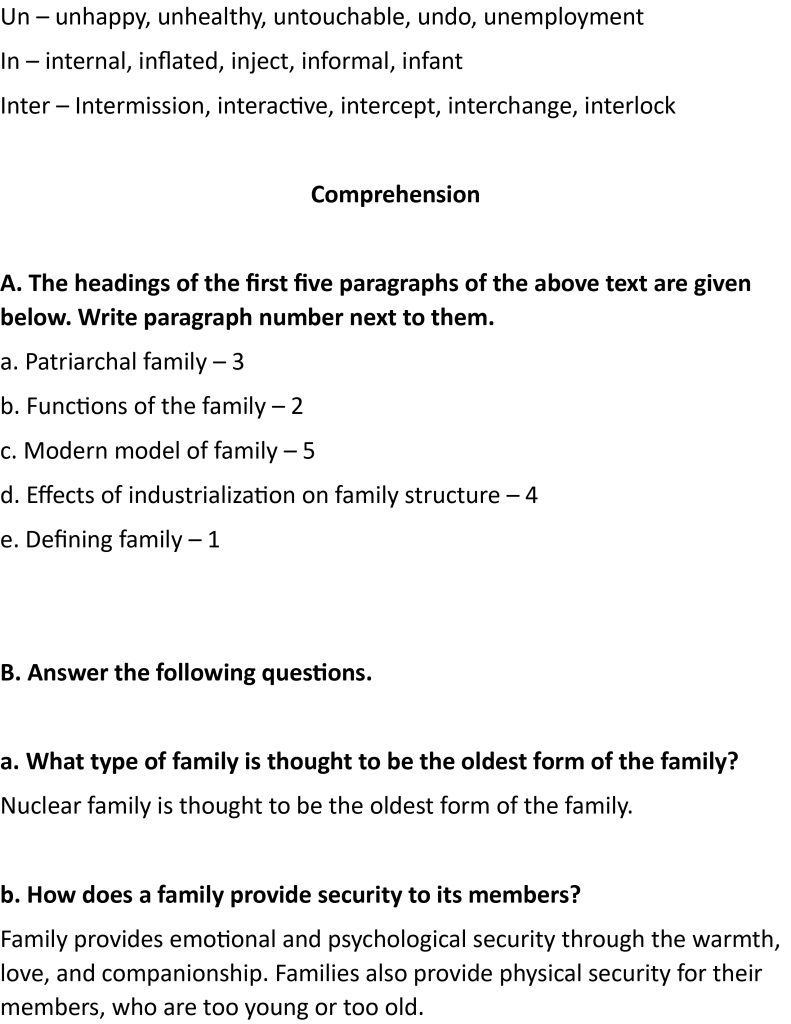
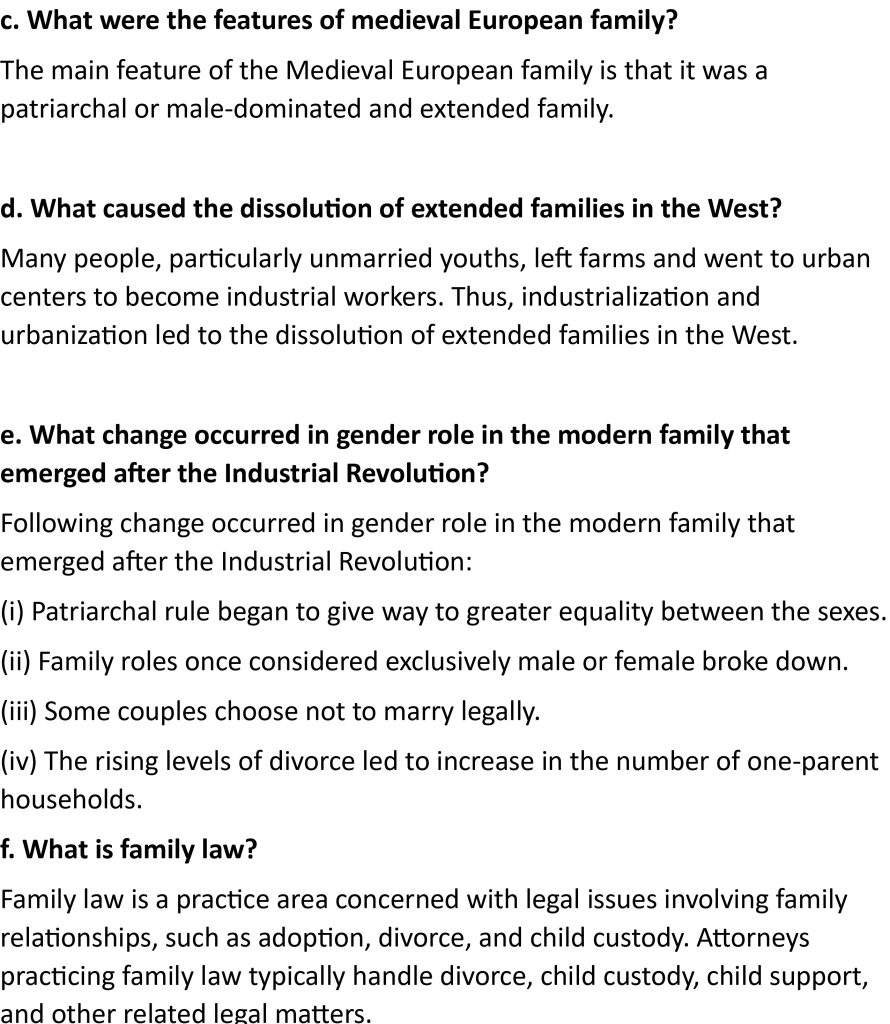


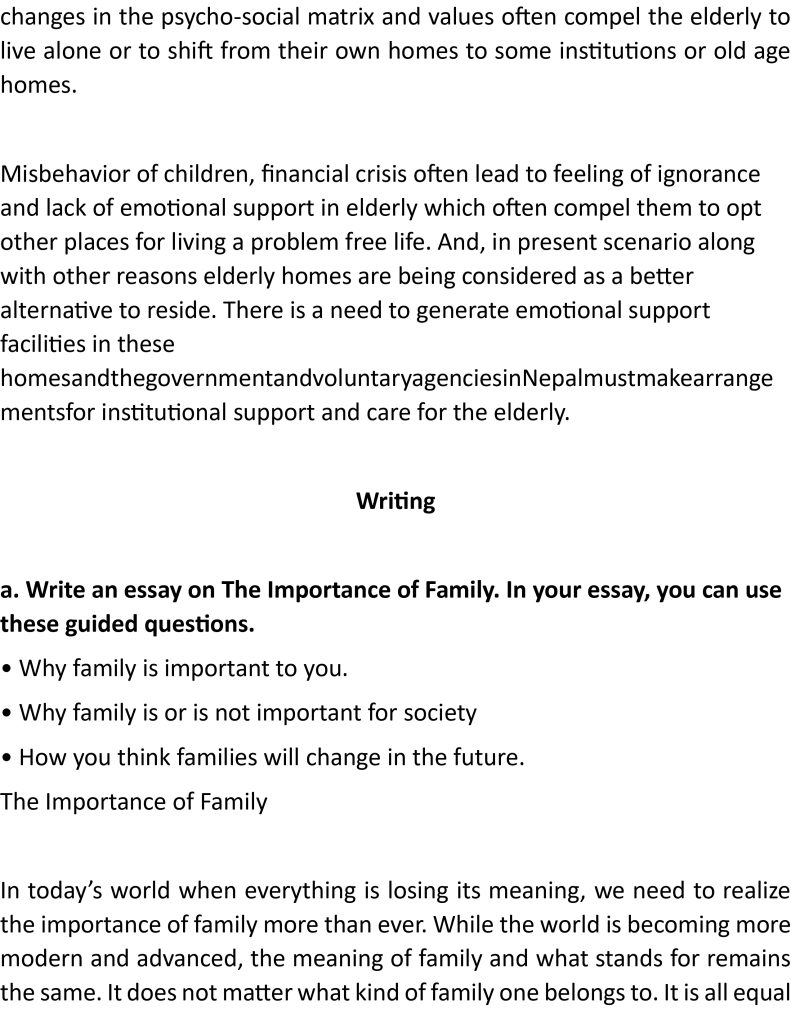
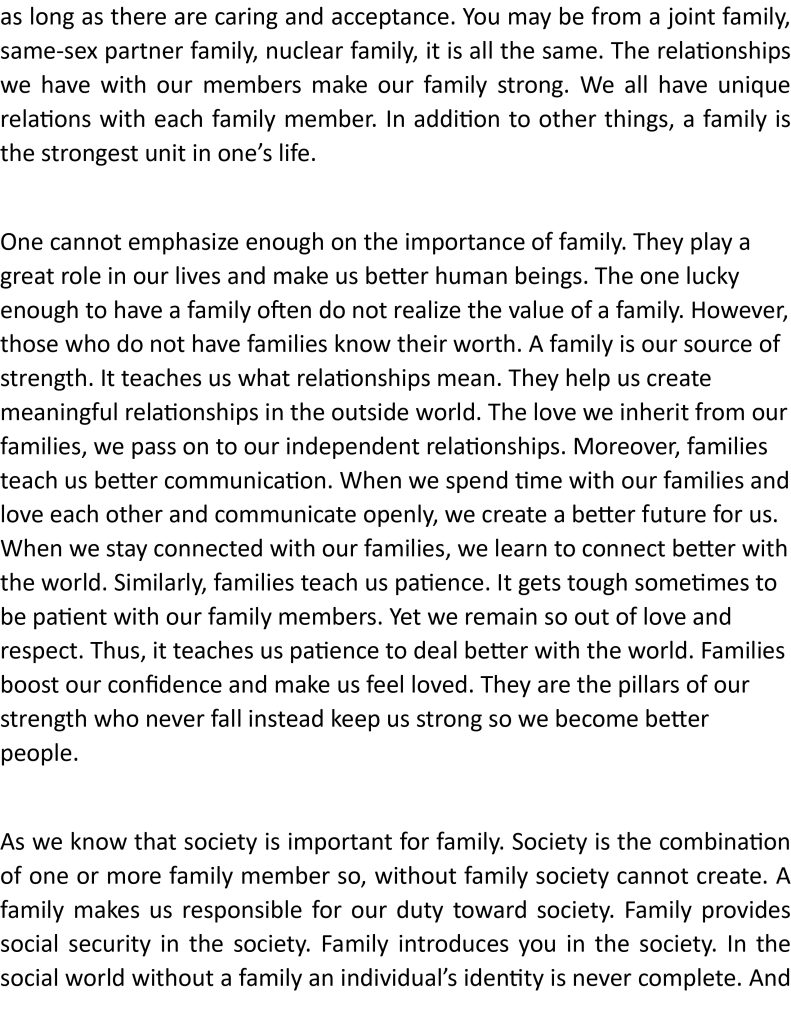

Continue reading class 12 English family summary in mero guru app



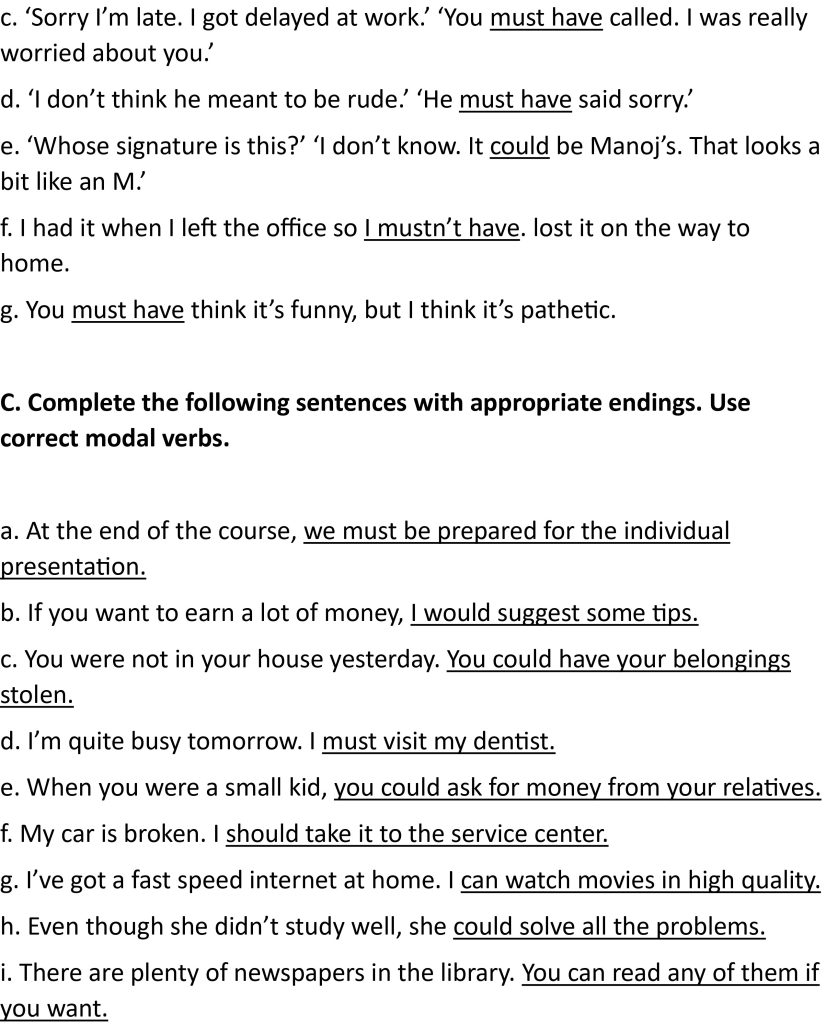


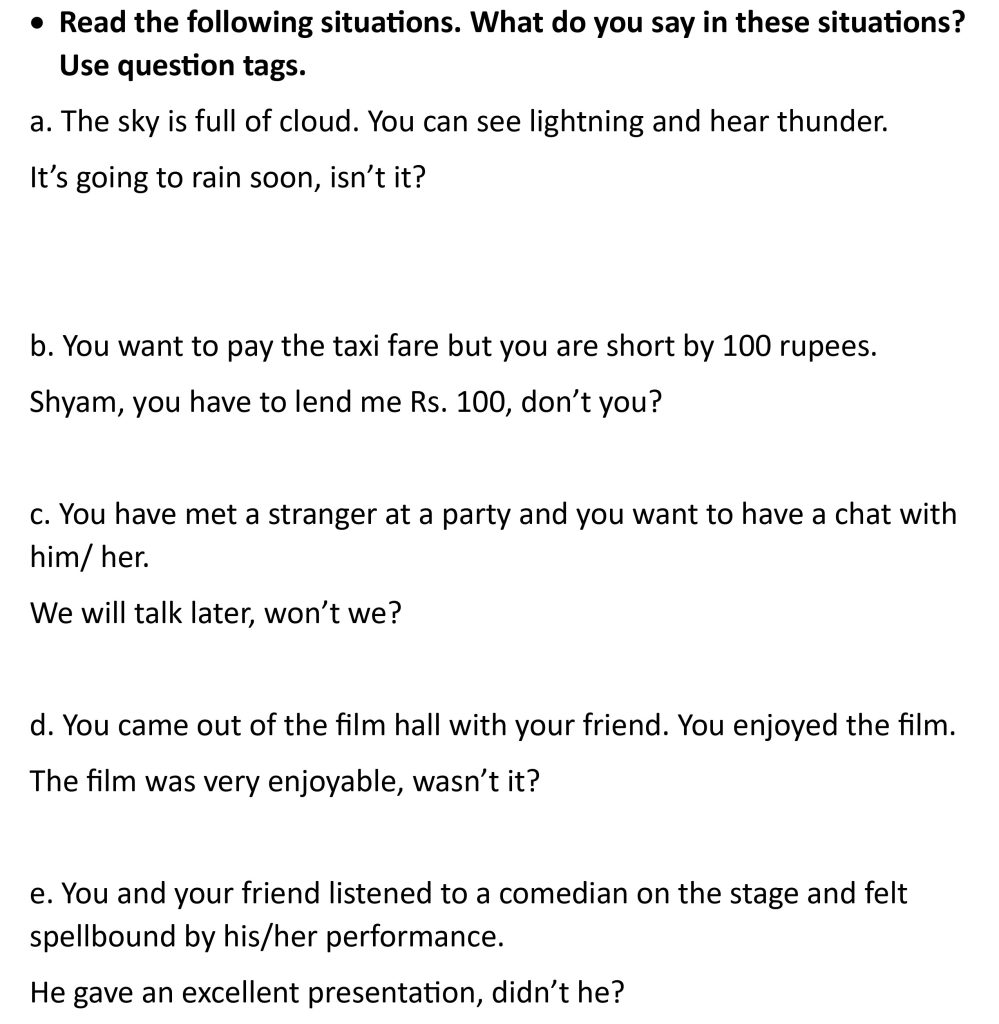
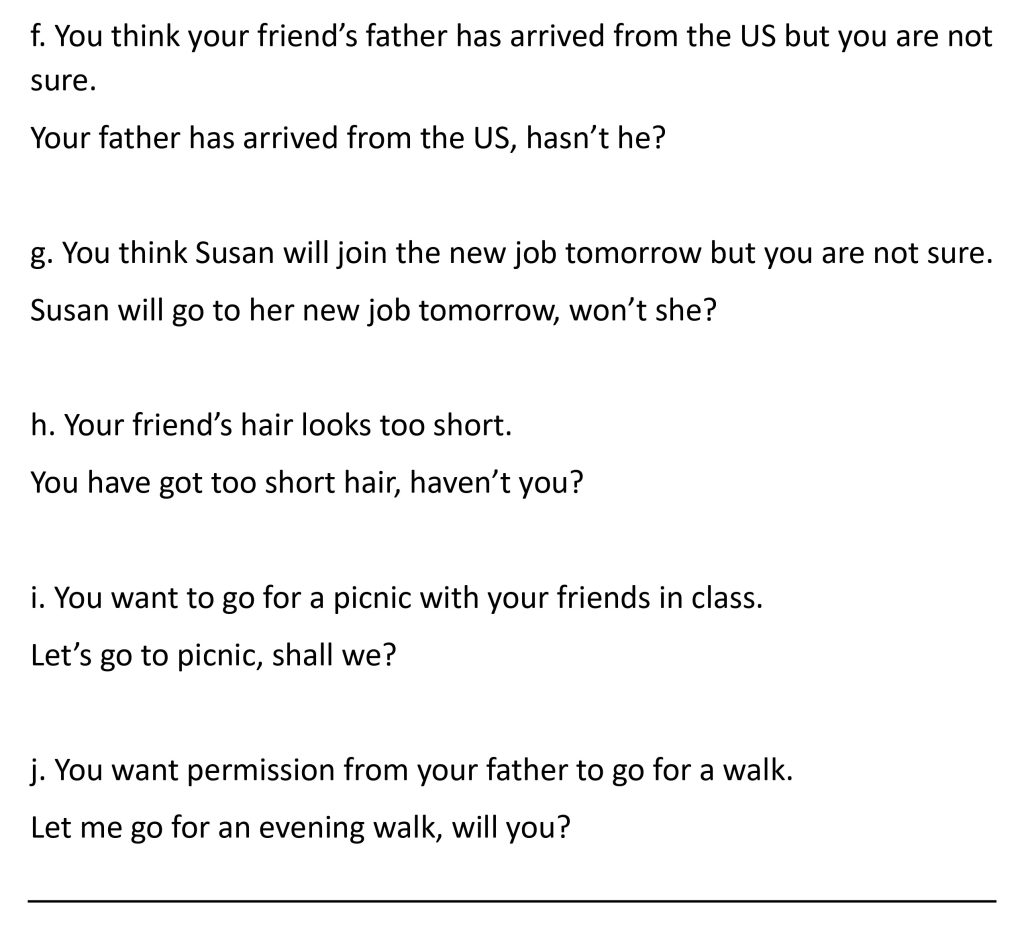
Summary of Class 12 English Family summary
The Class 12 English Family chapter explores how the family has evolved across time and cultures. In this Family chapter, students learn about the roles, structure, and types of families—like nuclear and extended families. The Class 12 English Family unit begins by defining what a family is and explains how it offers emotional, psychological, and social support. It also discusses how family structure has changed, especially in the West, due to industrialization and urbanization.
One major highlight of the Class 12 English Family chapter is the shift from patriarchal families to more egalitarian systems. The chapter touches on legal aspects like family law, marriage, and child protection. It also compares traditional family systems with modern realities. In Nepal, for example, the Family chapter points out changes such as the rise in nuclear families, divorce rates, and old age home populations.
By reading the Class 12 English Family text, students reflect on cultural changes and the importance of strong family bonds. Whether you’re learning about global trends or the state of the family in Nepal, this chapter encourages critical thinking about how families shape society.
Key Takeaways
- Definition: A family is a group bound by blood, marriage, or adoption, providing love, care, and support.
- Types of Families: Nuclear (parents and children) and Extended (including grandparents, uncles, aunts, etc.).
- Oldest Form: The nuclear family is believed to be the oldest form.
- Functions of Family: Includes emotional, psychological, physical support, and socialization.
- Impact of Industrialization: Led to the breakdown of extended families and rise of nuclear ones.
- Gender Roles: Evolved towards equality after the Industrial Revolution.
- Family Law: Covers legal issues like marriage, child custody, and inheritance.
- Child Protection: Modern laws ensure education, prevent child labor and abuse.
- Cultural Shifts in Nepal: Growing preference for nuclear families and institutional elderly care.
- Future Trends: Technology and modernization continue to influence family dynamics.
FAQ:
What is the main theme of the chapter “Family” in Class 12 English?
The main theme is the evolution and significance of family in providing emotional, social, and legal support in changing societies.
What are the key differences between nuclear and extended families as discussed in Class 12 English?
Nuclear families consist of parents and children, while extended families include multiple generations like grandparents, uncles, and aunts living together.
According to the Class 12 English text, how has industrialization affected family structure?
Industrialization led to urban migration, breaking down extended families and increasing nuclear families.
What does the chapter say about the patriarchal nature of medieval European families?
It states that medieval European families were male-dominated and extended in structure.
How is gender equality addressed in the chapter “Family”?
The chapter explains that after the Industrial Revolution, gender roles became more equal, and responsibilities were shared.
Why are elderly people increasingly seen in elderly homes in Nepal, as mentioned in Class 12 English?
Due to the decline of joint families, modernization, and lack of emotional and financial support, more elderly are living in care homes.
What is the importance of family law discussed in this chapter?
Family law deals with legal matters like marriage, divorce, child custody, and inheritance to ensure fair treatment.
How does the Class 12 English chapter “Family” relate to contemporary Nepali society?
It reflects modern issues like rising divorce rates, preference for nuclear families, and erosion of traditional joint family values.
What role does socialization play in the context of family according to Class 12 English?
Families are primary agents of socialization, teaching children societal norms, values, and behaviors.
What is the chapter’s message about the future of families?
It suggests that while families may change in form due to modernization, their emotional and social functions remain vital.

Leave a Reply